The Big Picture: Why Everything"s Different Now
Let me be blunt—this is the most dramatic format shift I"ve seen in competitive PUBG Mobile. When Level Infinite"s Senior Director James Yang unveiled this four-stage system, my first reaction was genuine surprise. They"ve essentially created two parallel universes for qualification.
The old three-stage comfort zone? Gone. Instead, we"re getting The Gauntlet (think of it as the elite fast-track), Group Stage, Last Chance, and Grand Finals. But here"s the kicker—only 39 teams total, down from the usual 48-50. That"s not just streamlining; that"s surgical precision.
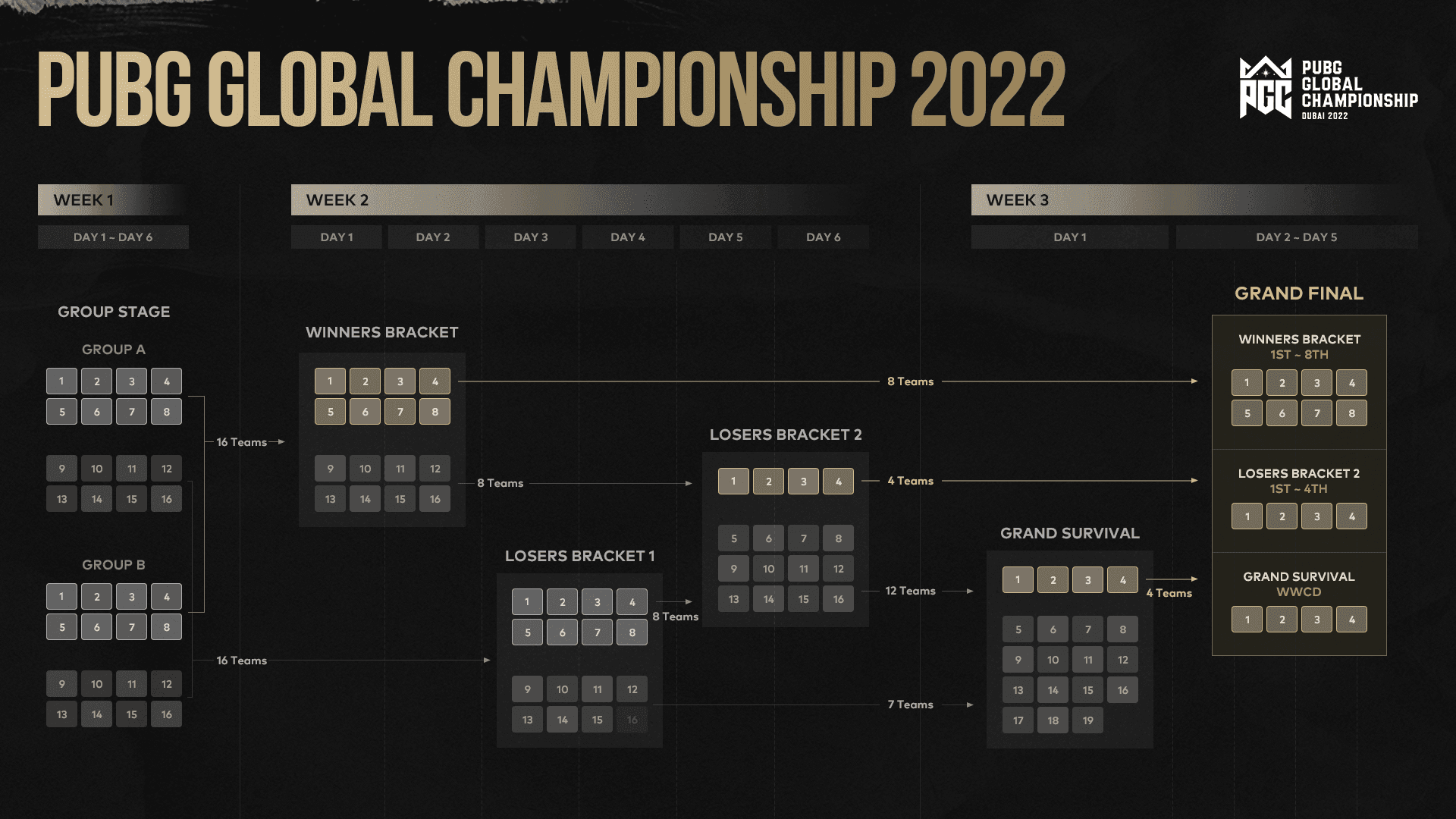
Here"s how the new world works:
The Gauntlet: 16 elite teams duke it out for 6 golden tickets straight to Finals
Group Stage: 32 teams (including the 10 Gauntlet survivors) scramble for 8 spots
Last Chance: 16 teams. One slot. You do the math.
Grand Finals: 16 teams for all the marbles
Timeline-wise, we"re looking at November for the opening acts and December 2025 for the finale—all happening offline in Thailand. And yes, they"re ditching Sanhok for Rondo, which honestly feels overdue.
The Gauntlet: Elite Competition Gets Its Own Lane
This is where things get spicy. The Gauntlet isn"t just another qualifier—it"s basically PUBG Mobile"s version of a VIP entrance. Sixteen teams, 18 matches, three days of pure intensity.
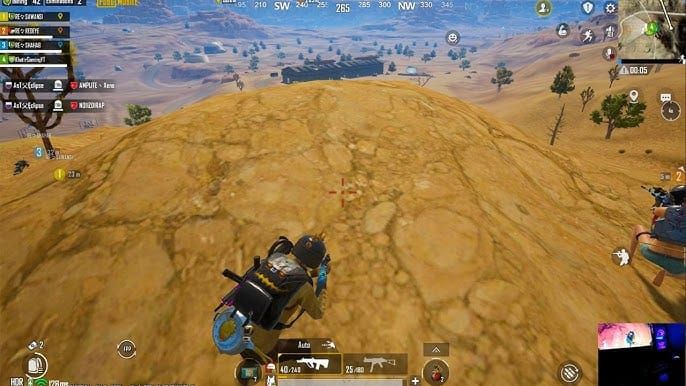
The qualification breakdown tells a story about regional strength. CSA, Europe, and MENA each get three slots—that"s serious respect for these regions" competitive depth. Meanwhile, SEA gets two (plus regional representation elsewhere), Americas gets two, and the Asian powerhouses split the remainder.
Scoring stays familiar but crucial: First place nets you 10 points, then it drops to 6, 5, 4, 3, 2, 1 for positions 2-8, and nothing for 9th-16th. Each elimination adds one point. Simple math, but the pressure? That"s where it gets interesting.
The tiebreaker hierarchy prioritizes WWCDs (chicken dinners), then placement points, elimination points, and finally your best recent finish. It"s a system that rewards both consistency and clutch performance.
Top 6 teams skip directly to Finals. The remaining 10? They"re not out—they just have to prove themselves again in Group Stage. It"s brilliant, really. Creates a safety net while still rewarding excellence.
Regional Qualification: The Global Puzzle
The regional distribution here is fascinating from a strategic perspective. Southeast Asia"s breakdown into specific country slots (Indonesia, Malaysia, Thailand, Vietnam) plus the broader PMCL SEA Fall spot shows they"re serious about local representation.
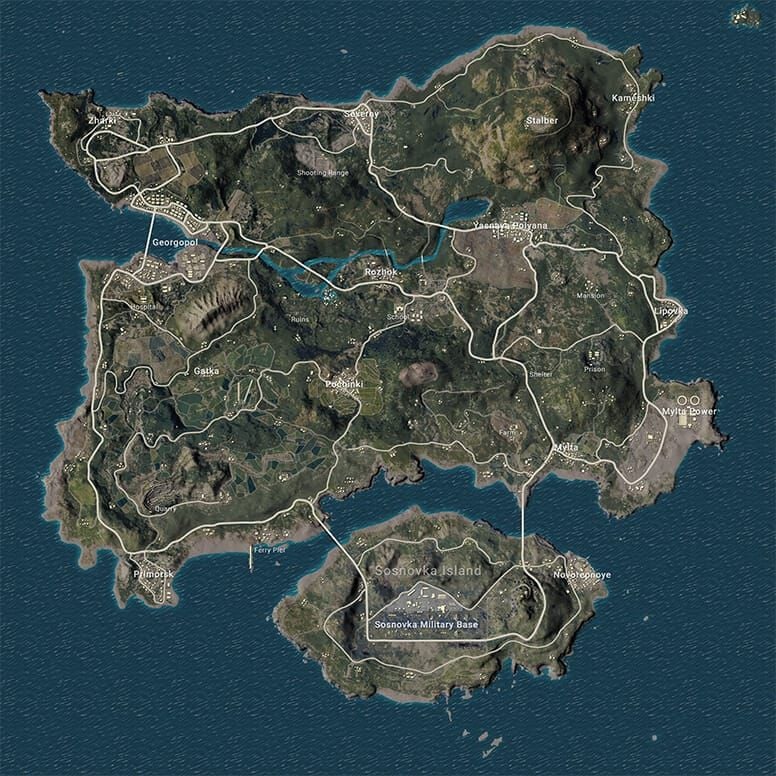
The full regional picture:
Southeast Asia: Five total paths including individual country slots
CSA: Pakistan, Uzbekistan, and Central Asia each get dedicated spots
Europe: Turkey, Eastern Europe, Western Europe split
MENA: KSA, Iraq, Egypt representation
Americas: Brazil, LATAM, North America coverage
Wild cards: PMAC Africa, two PEL China spots, two Special Invites
Thailand gets that host nation Finals invitation—standard practice, but always worth noting. What"s more interesting is how they"ve completely eliminated traditional wildcards in favor of performance-based PMGC Points accumulation. No more politics, just results.
2024 vs 2025: A Side-by-Side Reality Check
Last year"s format feels almost quaint now. We had Group Stage with 48 teams feeding into Survival Stage, then Last Chance offering 5-6 lifelines before Grand Finals. Straightforward, but maybe too forgiving?
This year"s dual-path approach is way more dramatic. The Gauntlet creates this elite tier where the best Fall performers can punch their Finals ticket early. Meanwhile, the Group Stage becomes this pressure cooker where one bad day can end your championship dreams—especially with Last Chance now offering just one slot instead of 5-6.
The benefits are obvious: better narratives, less viewer fatigue (18 matches is much more digestible), clearer objectives for teams. But the downside? Some genuinely deserving teams are going to get squeezed out by that 39-team limit. It"s harsh, but probably necessary for the format"s evolution.
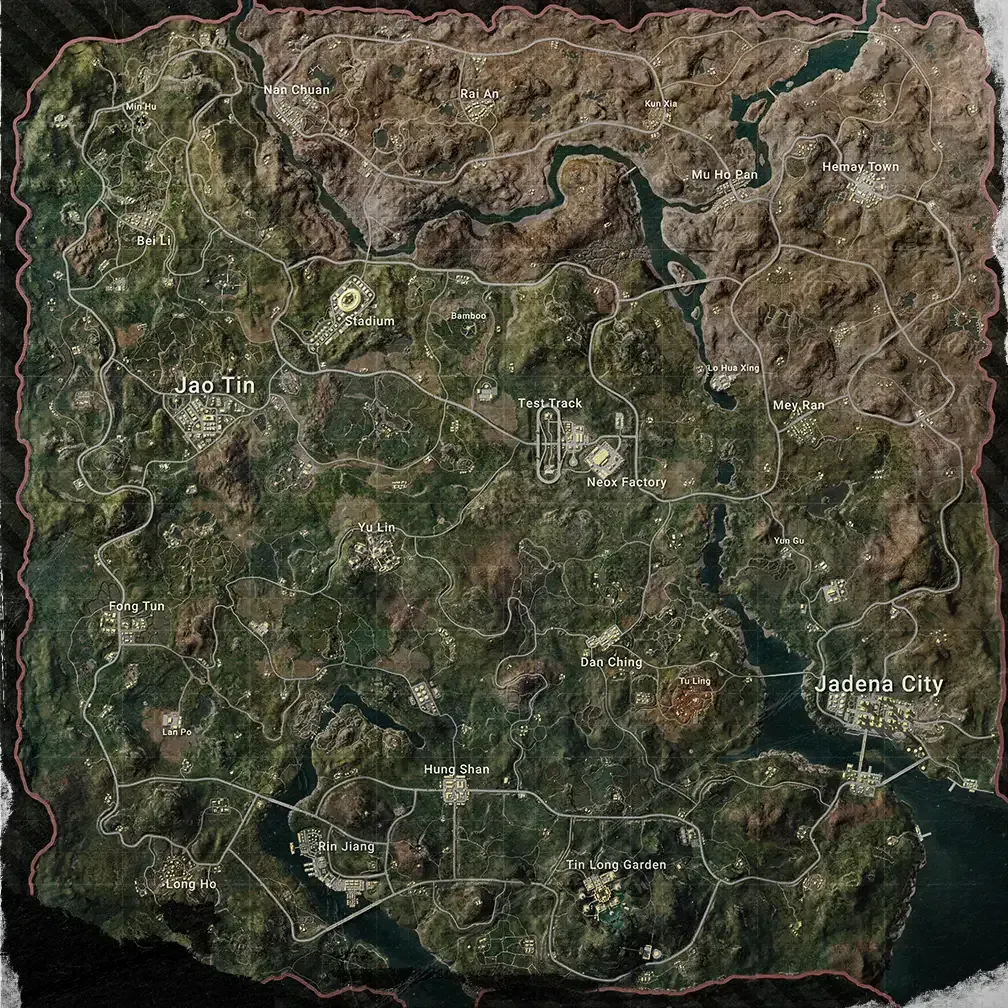
Meta Revolution: Rondo Changes Everything
Let"s talk about the elephant in the room—Rondo replacing Sanhok in competitive play. The Recall System fundamentally alters late-game strategy. Eliminated players can actually return if their teammates execute the recall correctly. Think about that for a second.
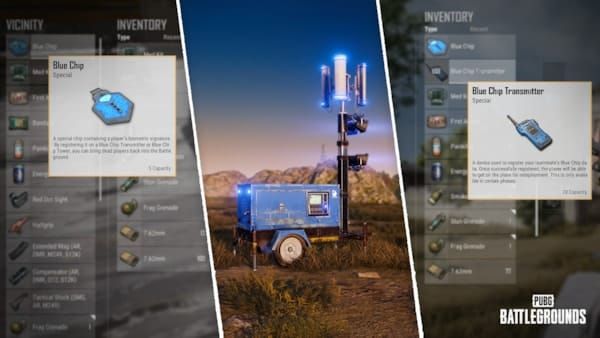
Traditional PUBG strategy assumes eliminated players stay eliminated. Rondo throws that assumption out the window. Teams need completely different approaches to team fights, positioning, and resource allocation. (As someone who"s watched countless scrims, I can tell you most teams are still figuring this out.)
The new map pool: Erangel, Miramar, Rondo. Notice what"s missing? Sanhok"s fast-paced chaos is gone, replaced by Rondo"s more strategic, comeback-friendly design. Competitive Rondo also removes map stores, so loot management becomes even more critical.
Teams serious about competing need to master these mechanics now. PUBG Mobile Top Up services can help with practice access to premium items and features.
Strategic Implications for Organizations
Here"s where it gets really interesting from a team management perspective. Organizations now need dual strategies: peak Fall performance for Gauntlet qualification versus year-long consistency for Group Stage entry. That"s not just different preparation—it"s different roster construction, different coaching emphasis, different everything.
The 18-match standardization rewards consistency over explosive short-term performance. Teams that traditionally peaked for specific tournaments? They need to rethink their entire approach.
Smart organizations are already expanding coaching staff to handle this complexity. You need specialists for Rondo/Recall System preparation, analysts for the dual qualification paths, and mental coaches for the increased pressure scenarios.
Prize pool hasn"t been announced yet, but historical range suggests $2M-$6M (2024 was $3M). With fewer teams, per-team distributions could actually increase—assuming the total pool doesn"t shrink proportionally.
What This Means for the Future
This format represents mobile esports growing up. The reduced team count, streamlined structure, and dual-path qualification system create better broadcast content and clearer narratives. It"s not just about crowning a champion anymore—it"s about creating compelling entertainment.
Regional balance shifts are notable: China"s reduced representation (3 total spots) opens opportunities for other regions. Europe, MENA, and CSA getting equal Gauntlet representation reflects their competitive growth. The PMAC Africa slot and Special Invites show they"re thinking globally while maintaining competitive integrity.
From a broadcast perspective, this format enables higher per-match production investment. Rondo"s visual appeal and the Recall System"s dramatic potential create natural viral content moments. Multi-platform distribution maximizes accessibility without diluting the core experience.
The Bottom Line
PMGC 2025 isn"t just different—it"s a complete philosophical shift toward elite competition and streamlined storytelling. The format rewards both peak performance (Gauntlet) and sustained excellence (Group Stage) while dramatically raising the stakes for everyone involved.
Teams that adapt quickly to the new meta and qualification structure will have massive advantages. Those clinging to old approaches? They"re going to struggle.
Quick answers to burning questions:
Last Chance qualification: Just 1 team (down from 5-6), making Group Stage critical
Dual qualification: Impossible—teams follow single paths based on their strengths
Eliminated teams: Group Stage bottom 4 are done; 5th-12th advance to Last Chance
Timeline: November-December 2025 in Thailand, all offline
Ready to compete in this revolutionary format? Buy PUBG Mobile UC to access premium preparation tools and gear up for the tournament structure that"s reshaping mobile esports forever.
The game has changed. The question is: are you changing with it?


















